(Landscape photographer Edvard Vliek used black-and-white film and a large format view camera to create his highly detailed prints, such as this mountain scene)
By Paul Carter
If you are an avid photographer in Eugene and of a certain age (let’s say you remember the last big analog years), you were likely to have been a customer of the Dot Dotson’s stores. And if you dropped in at the East 11th Avenue shop, you probably met a clerk there named Edward Vliek.
Vliek was easygoing, congenial, and eager to help every customer enjoy photography. What many of us didn’t necessarily know about the plainspoken guy was that he was a superb photographer in his own right — in fact, Vliek was one of the best landscape artists in the Northwest.
He died in 2009, at just 59 years old, a victim of early onset Alzheimer’s disease.
If you do not know Ed Vliek’s pictures, you will be rewarded by seeing a retrospective of his work opening Friday, Oct. 12, in the Gallery at Dot Dotson’s inside the photo finishing store at 1668 Willamette St. in Eugene.
Vliek was a meticulous practitioner of large format black-and-white photography. He worked with a wooden four-by-five inch view camera and fine-grained sheet film. He exposed according to the Zone System pioneered by Ansel Adams. He printed his negatives on premium paper rich with silver. His prints show a range of tones from lustrous blacks to pure whites.
The Oregon landscapes that Vliek knew best were the peaks of the high Cascades and the sand dunes between the Coos and Siuslaw rivers.
Paul Cooper, a long-time Dotson’s staffer and a coworker of Vliek’s, recalls backpacking trips the two made into the Three Sisters Wilderness. Cooper earned some of Ed’s prints by packing heavy photo gear into the mountains.
During one trip, Cooper watched the photographer set up his tripod and camera as the two stood on a ridge up the side of the Middle Sister. Dark clouds signaled that a storm was rapidly approaching. A bolt of lightning hit and it was close. “Ed, I think it’s time to leave,” Cooper recalled saying. The photographer, under his camera’s dark cloth, seemed oblivious as he studied the scene on the ground glass. He was waiting for the light to be as dramatic as possible. Finally he made his shot and the two began scrambling down the ridge. “That first lightning struck and I thought: We’re going to die,” Cooper said. “Now we’re running down the mountain with metal camera gear in our hands!”

The unendingly changing Oregon Dunes were among Vliek’s favorite photographic subjects
Normally a low-key person, Vliek became strident, even emotional, when the subject turned to the dunes, Cooper said. During his gallery shows, Vliek often gave talks about the rapidly changing ecology of the fragile coastal landscape.
In one gallery show, his artist’s statement included this:
“Returning to the same dunes year after year has become a type of visual and spiritual pilgrimage. I never feel more alive than when I am on the dunes walking the ‘looking walk,’ with all my physical, emotional, and intuitive senses open to the landscape that surrounds me …. With each passing year, as more open dunes are lost, I feel each photograph becomes an act of preservation.”
Cooper said Vliek’s dunes photographs depend on light and shadow but also play with our perceptions of depth and scale. One photograph he remembers presented a foreground dominated by what appears to be a massive dune with trees on the horizon. On closer inspection, the “dune” turns out to be only inches tall.
The prints that resulted from his hikes took hours to make on expensive paper, yet Vliek sold them “for cheap,” according to photographer Jack Liu, who also worked at East 11th Avenue shop. “He would go to art fairs to sell prints and tell stories,” Liu recalled.
By the way, that little shop on East 11th Avenue not only was a hangout for photographers but also had a “second life” as a sort-of sports bar, Liu said.
No, there was no alcohol, just “huge amounts of coffee,” he remembered. And the banter was all sports, all the time. “It was the Jack and Ed show,” he joked.
Born in Michigan, Vliek grew up to be a lifelong Chicago Cubs fan. Sadly, he did not live to see his Cubbies end their world series drought in 2016.
Selected Works of Edward Vliek: A Tribute
When: Oct. 12 to Nov. 8, with a reception from 5 p.m. to 6 p.m. on Oct. 12; sponsored by Photography at Oregon
Where: Dotson’s Photo Finishing, 1668 Willamette St., Eugene; store hours, 10 a.m. to 6 p.m. Monday through Friday and 11 a.m. to 3 p.m. Saturday
Information: 541-485-1773

Edward Vliek spent much of his time trekking Oregon’s mountains and dunes, carrying the heavy and bulky equipment he needed to record the changing light and shadow that made them perpetually interesting to his artistic eye

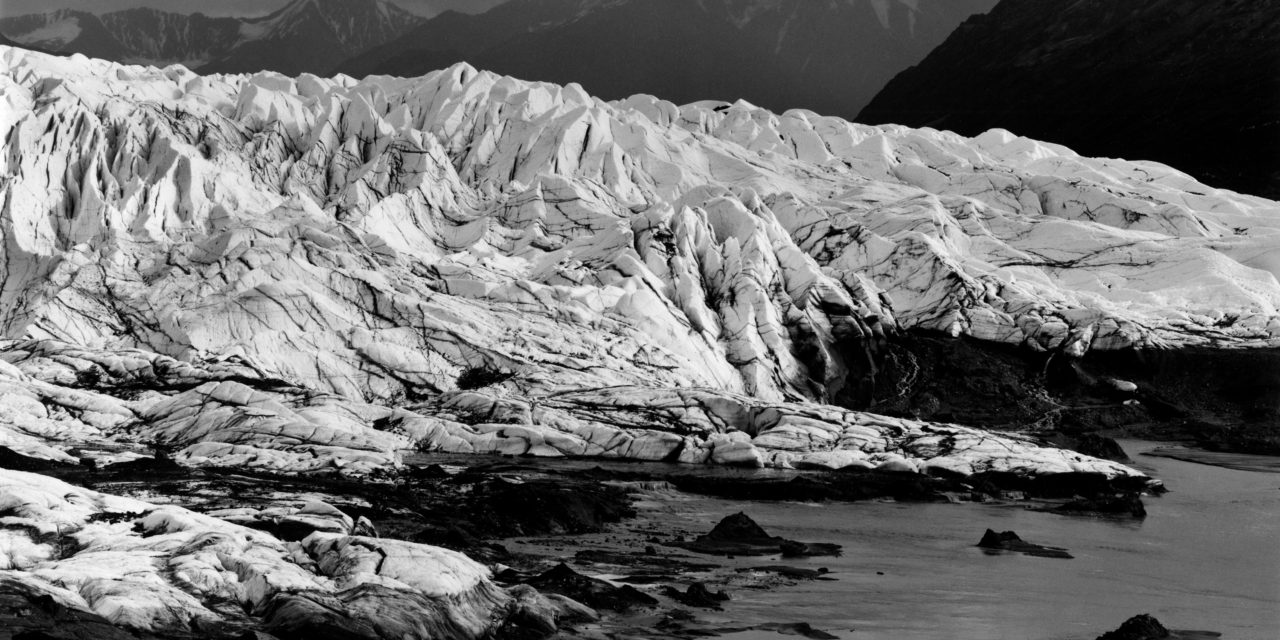
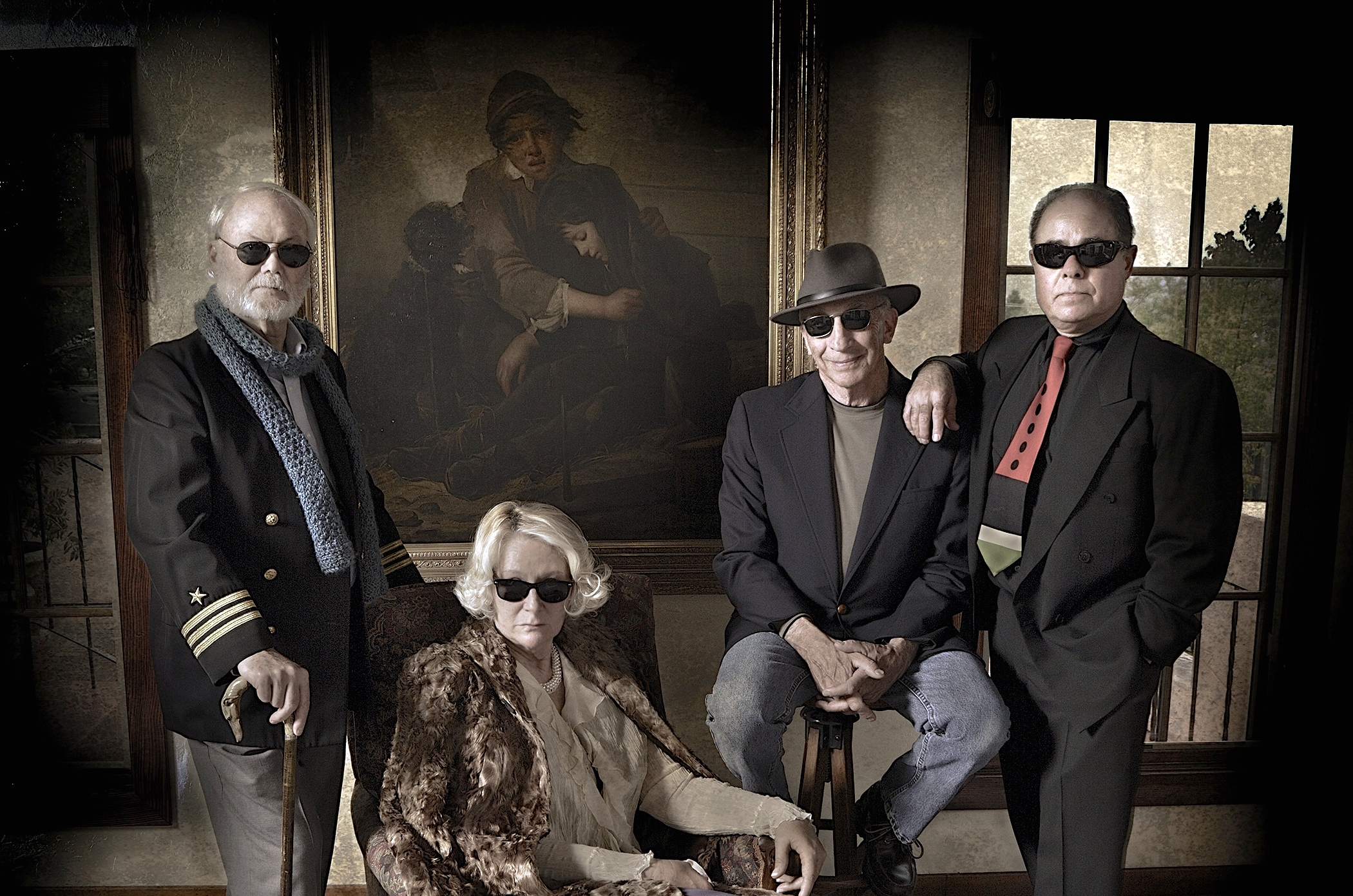
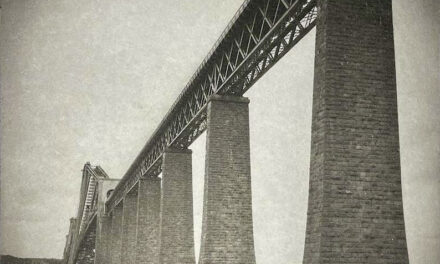
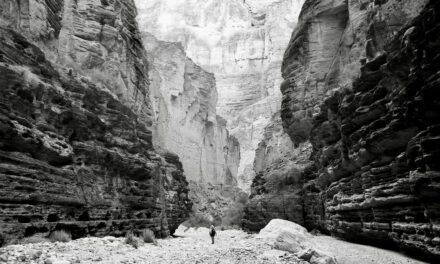
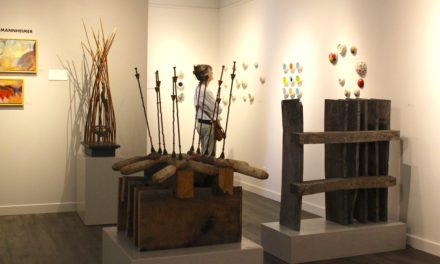




I had several Ed Vliek photographs that were lost in the Holiday Farm fies in September. I was wondering if anyone has access to ED’s photos and if I can get replacement copies?